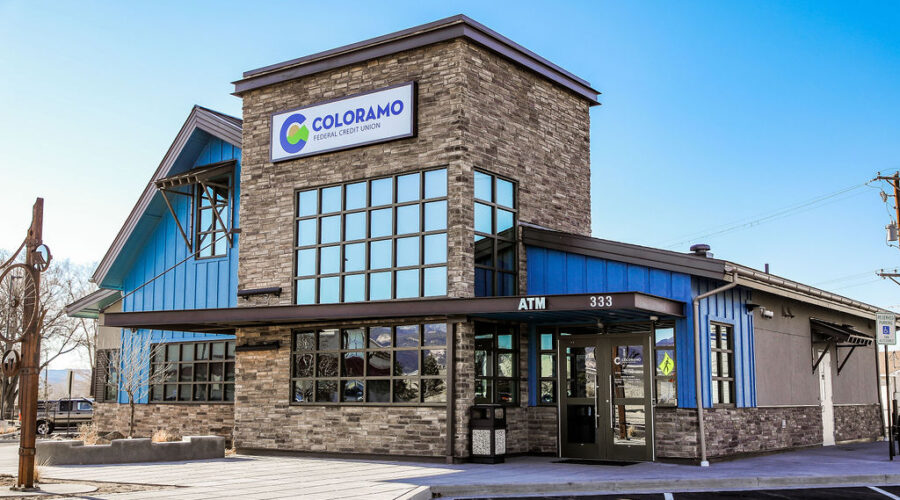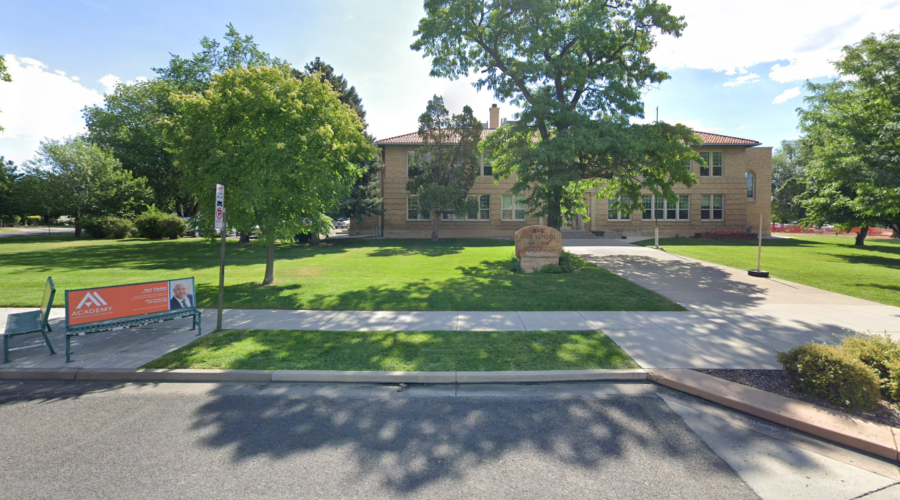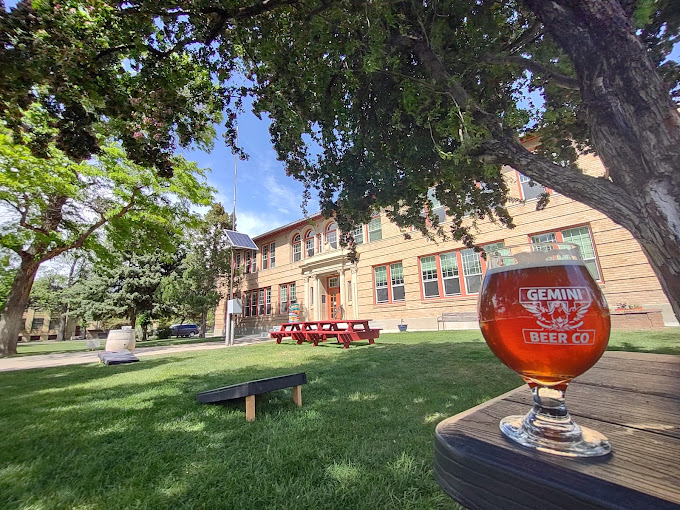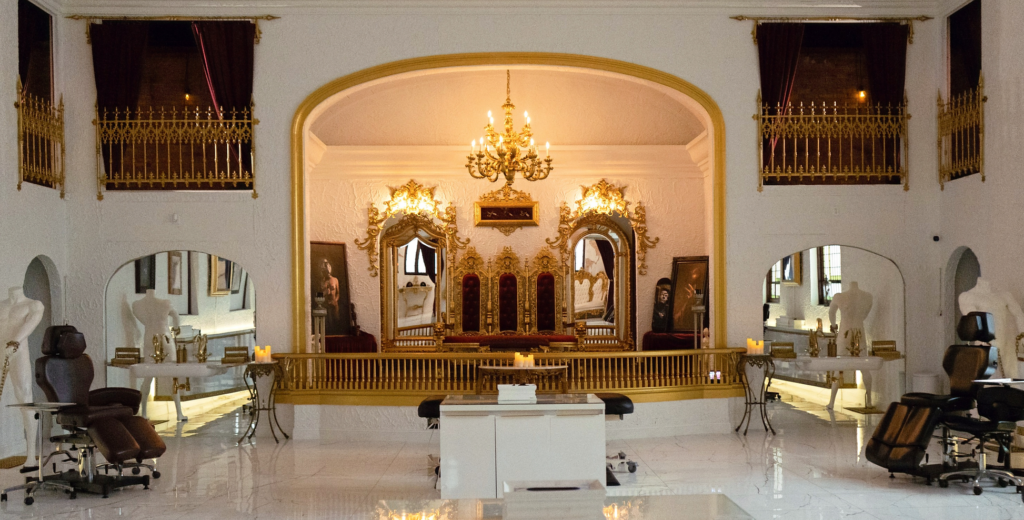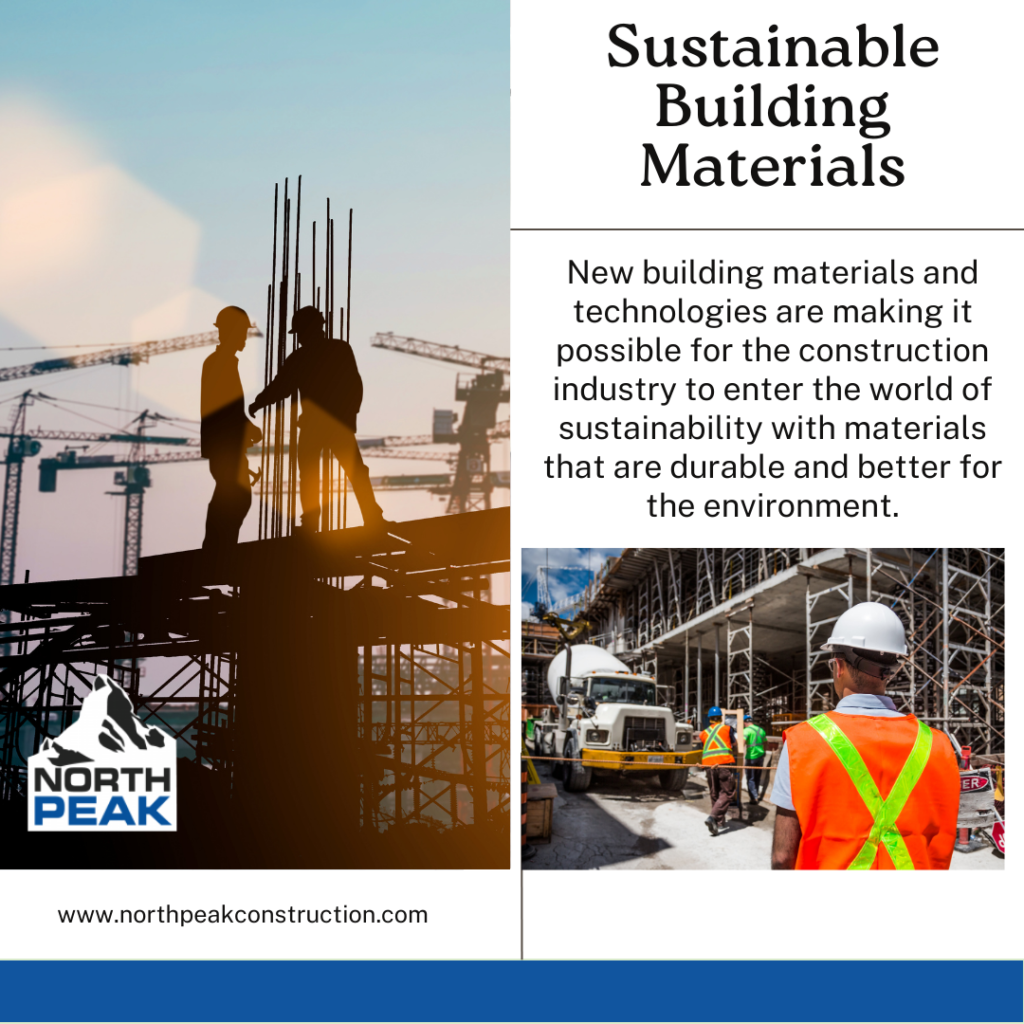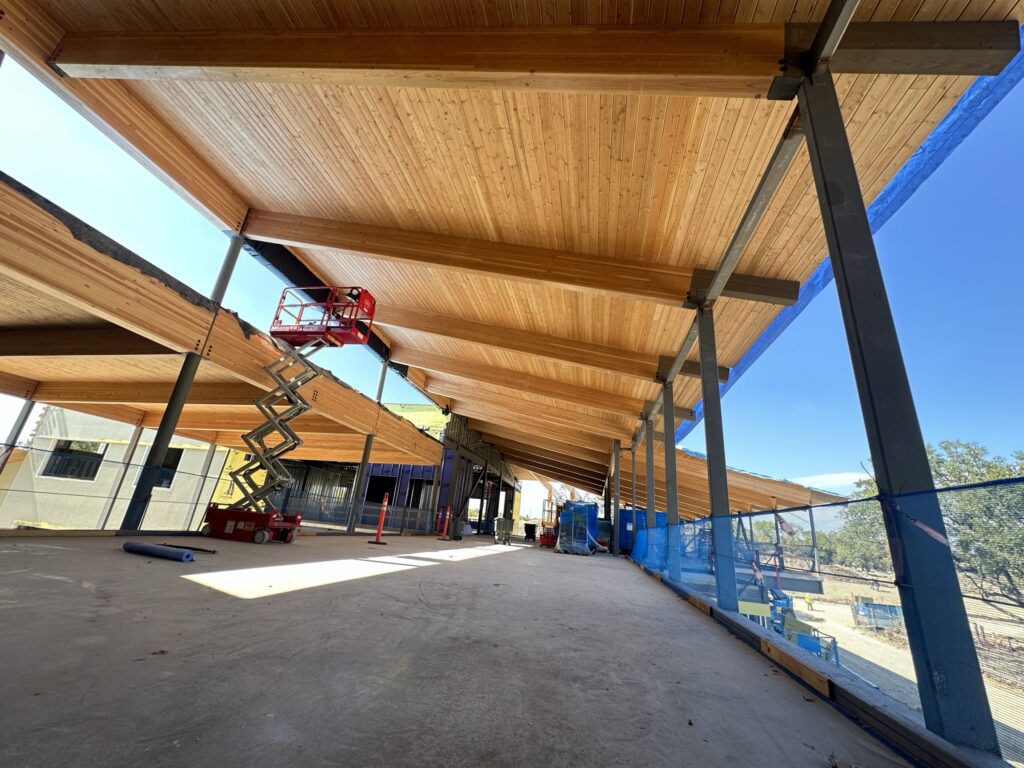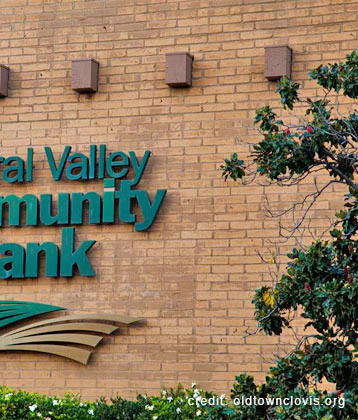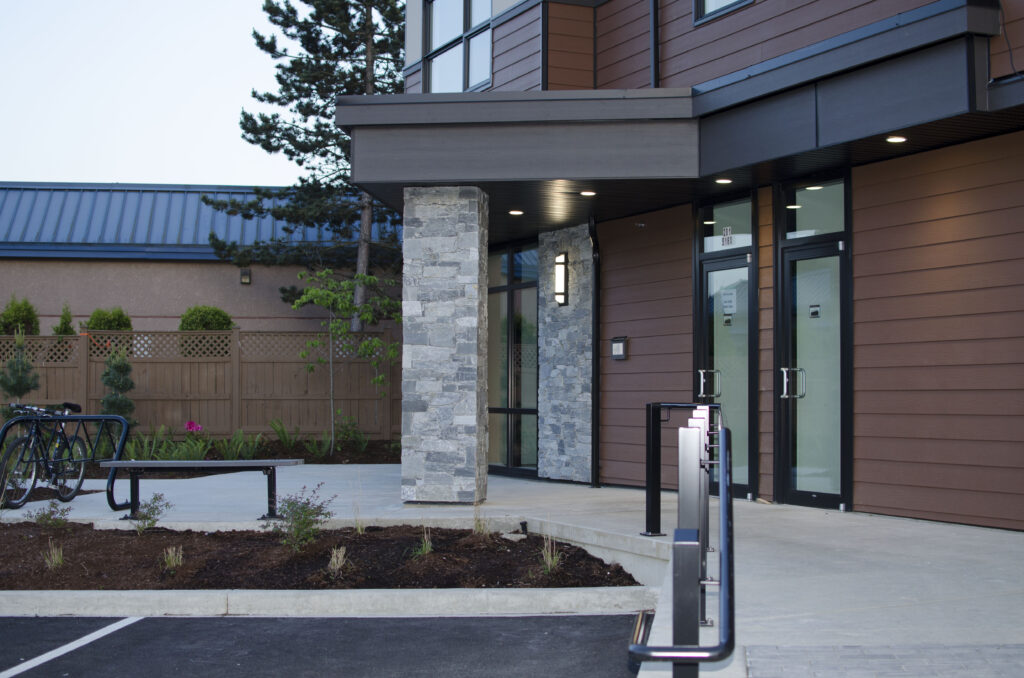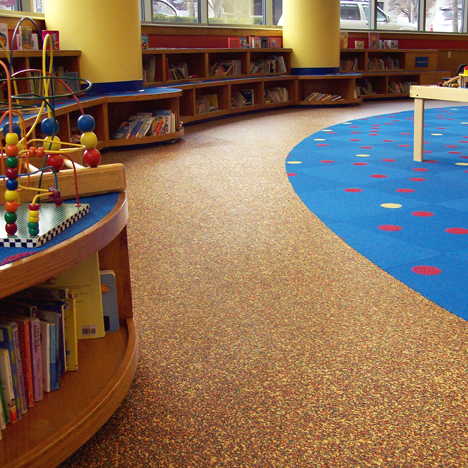Three Commercial Building Trends for 2025
Trends in commercial buildings come and go, and this year is no different. While some trends, like sustainable building, have stuck around for several years now, others, like Smart Buildings and Adaptive Reuse are just emerging.
First, “Sustainable Building” has been growing since the 1960s. The 1990s brought actual guidelines for “green” building standards. Since then the availability of projects and methods for creating commercial office buildings, neighborhood strip malls, and homes, has grown substantially.
Bamboo, cork, reclaimed wood, concrete, and adobe are all examples of sustainable building materials.
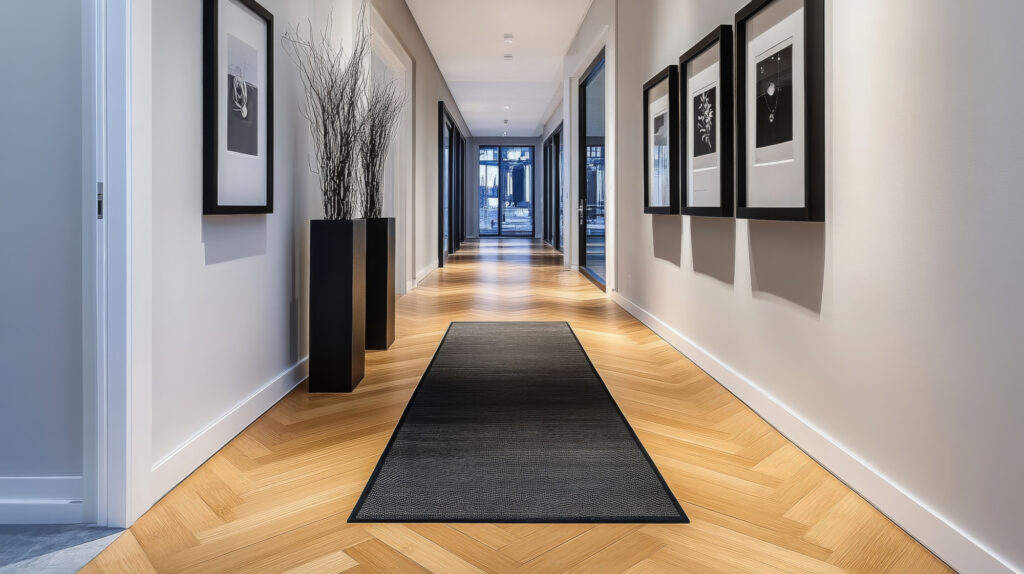
A second trend in commercial office design these days includes “in office benefits” for workers. These can range from something as simple as green plants to more complex options like an employee fitness center.
Providing incentives for employees, and ways to help them stay motivated helps you as their boss, but also helps your employees. Natural light, breakout spaces, quiet rooms, and quality office furniture are all ways to provide benefits to your staff.
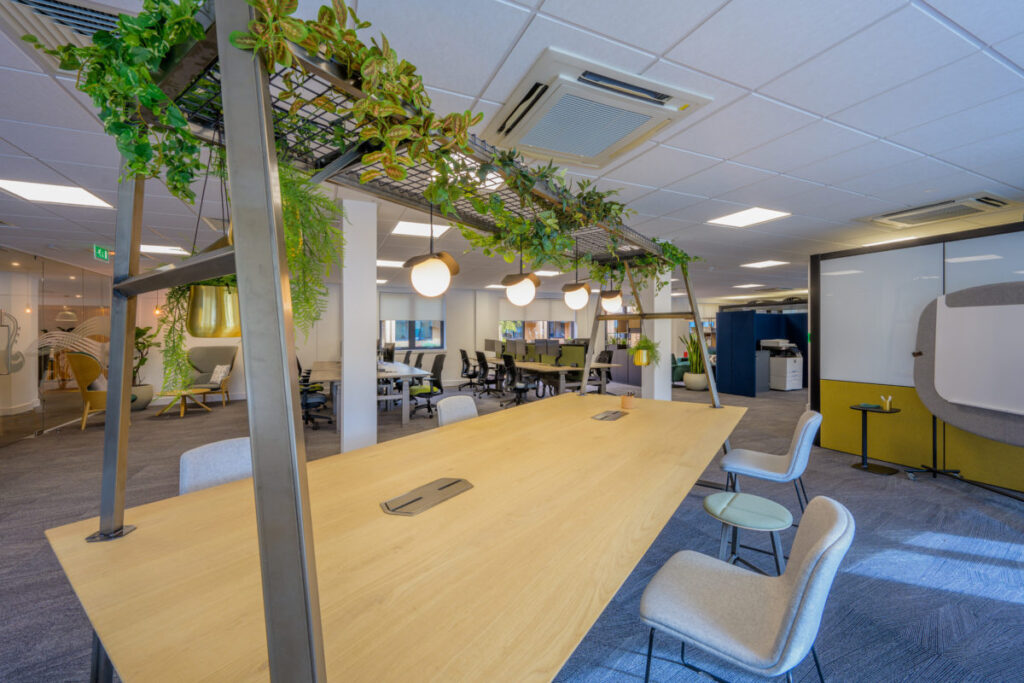
It’s no surprise that “smart buildings” and the concept of “IoT” (The internet of things) are taking off. Smart buildings use Internet integration technology to program security cameras and thermostats, to improve workflow, and even to analyze data and productivity.
Energy efficiency is one of the top ways companies can use Smart Technology. By implementing simple changes in your design, like programmable thermostats, smart lighting, and even smart windows, companies can save money and help the environment.
If you’re considering a new commercial building, repurposing a current commercial property, or building a space that includes commercial and residential aspects, we’d love to help! Contact us at (970) 812-7970.

